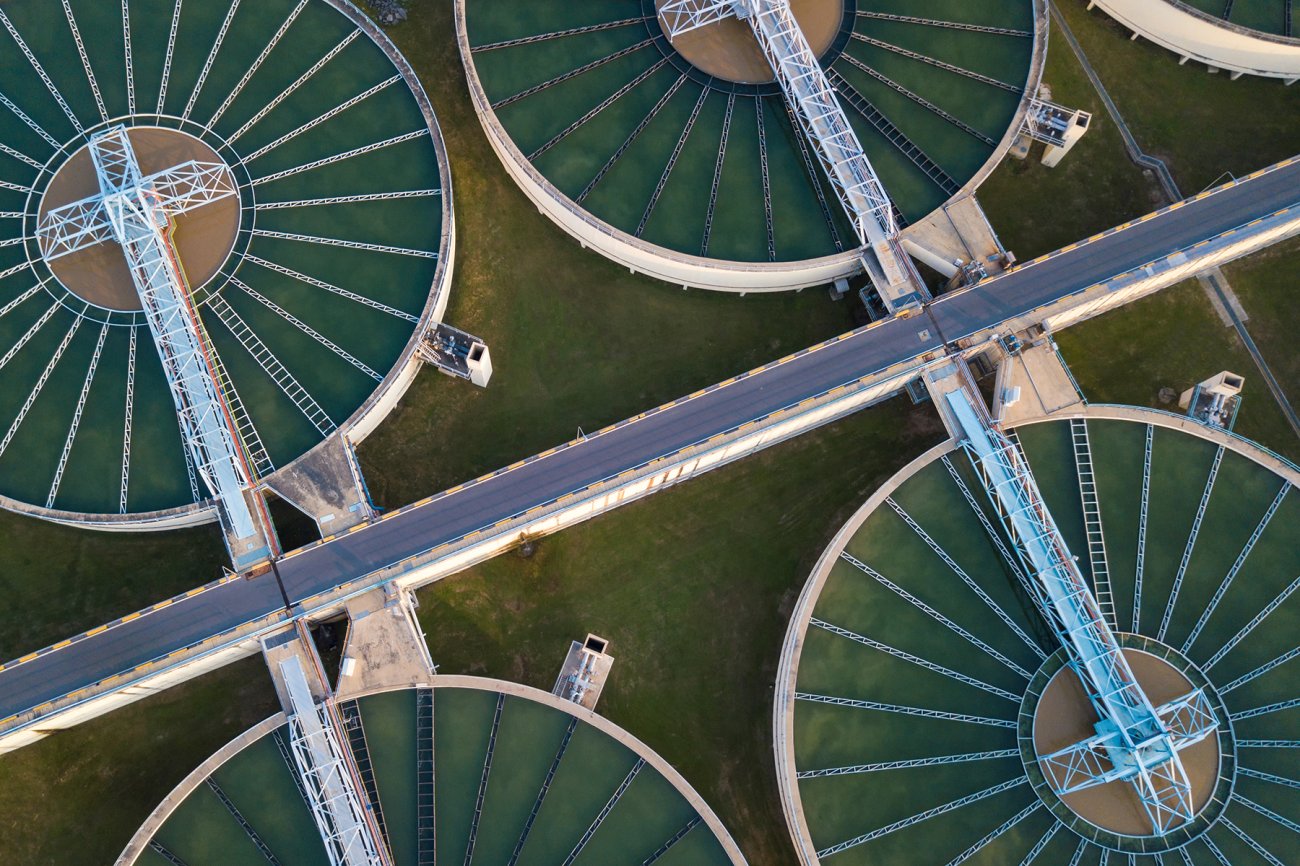The 9-Second Trick For Reclaim Waste
The 9-Second Trick For Reclaim Waste
Blog Article
Reclaim Waste for Beginners
Table of ContentsReclaim Waste - TruthsWhat Does Reclaim Waste Mean?A Biased View of Reclaim WasteOur Reclaim Waste Ideas7 Easy Facts About Reclaim Waste Shown
Residential sewer waste refers to the waste and items from a household septic tank. The correct administration and disposal of residential sewage waste require liquid waste to be moved to a sewage therapy plant where the proper approaches and equipment are used to purify and dispose of waste.
Business waste commonly consists of prospective dangers, such as flammable products or a mixture of liquid and strong waste products, and requires an advanced and comprehensive disposal procedure. The disposal of business waste normally involves the filtration of waste before transport to make sure safe and appropriate disposal. Hazardous waste is created from by-products and overflow of commercial processes and production.
This sort of waste can not use the exact same sewer monitoring transport or processes as septic or industrial liquids. The hazardous waste monitoring procedure calls for the evaluation and screening of fluid waste prior to it undertakes the disposal process (liquid waste removal). Drainage waste is the liquid waste that comes from runoff and excess stormwater in extremely booming locations or cities
Drainage waste can create contamination and flooding if not handled correctly. Find out more about sewer cleaning and waste administration. Making sure proper waste administration can protect against disasters and minimize ecological damage. Both people in household setups and experts in business or manufacturing industries can profit from understanding the processes and laws of fluid waste administration.
Reclaim Waste Things To Know Before You Buy
Call PROS Solutions today to learn more about our waste administration and disposal solutions and the correct ways to look after the liquid waste you generate.
(https://reclaimwaste1.wordpress.com/2024/11/12/efficient-liquid-waste-disposal-in-melbourne-reclaim-wastes-expert-solutions/)This supposed 'wastewater' is not only an important resource however, after therapy, will be released to our land, rivers or the sea. Used water from commodes, showers, baths, kitchen sinks, laundries and commercial procedures is recognized as wastewater.

water utilized to cool machinery or tidy plant and equipment). Stormwater, a kind of wastewater, is runoff that streams from agricultural and urban locations such as roofings, parks, gardens, roads, paths and rain gutters into stormwater drains pipes, after rainfall. Stormwater moves without treatment straight to neighborhood creeks or rivers, ultimately getting to the ocean.
See This Report about Reclaim Waste
In Queensland, the majority of wastewater is treated at sewer therapy plants. Wastewater is transferred from domestic or commercial sites through a system of sewage systems and pump stations, referred to as sewerage reticulation, to a sewage therapy plant. City governments construct, maintain and operate most sewer therapy plants. Operators are certified under the Environmental Management Act 1994 to discharge treated wastewater at an acceptable ecological criterion into see this rivers.
The Department of Natural Resources encourages city governments concerning managing, operating and maintaining sewerage systems and therapy plants. In unsewered areas, local governments may need homeowners to install individual or home sewage therapy systems to deal with domestic wastewater from toilets, kitchens, washrooms and washings. The Department of Natural Resources authorises using house systems when they are confirmed to be efficient.
A lot of stormwater gets no treatment. In some brand-new communities, therapy of some stormwater to eliminate litter, sand and gravel has started utilizing gross pollutant catches. Wastewater therapy happens in four phases: Removes solid issue. Larger solids, such as plastics and various other objects mistakenly released to sewage systems, are gotten rid of when wastewater is travelled through screens.
Wastewater after that streams into huge storage tanks where solids settle and are removed as sludge. Oil and scum are skimmed from the surface. Makes use of tiny living microorganisms called micro-organisms to damage down and remove staying dissolved wastes and fine bits. Micro-organisms and wastes are included in the sludge. Removes nitrogen and phosphorus nutrients that could trigger algal blossoms in our rivers and threaten aquatic life.
How Reclaim Waste can Save You Time, Stress, and Money.
Nutrient elimination is not readily available at all sewer therapy plants because it requires expensive specialist devices. Clear liquid effluent generated after treatment may still consist of disease-causing micro-organisms - liquid waste disposal melbourne.

The majority of wastewater flows into the sewerage system. Under the Act, local governments administer authorizations and licences for ecologically pertinent tasks (Ages) involving wastewater launches that may have a regional effect.
What Does Reclaim Waste Mean?
Monitoring gives valid details regarding water top quality and can validate that licence conditions are being met. The details gotten through monitoring gives the basis for making water quality decisions.
Report this page